Blade steel is always a hot topic in the EDC, outdoor, and knife enthusiast communities. There are a ton of different steel choices out there, and even more opinions as to what the best steel is. In reality there is no one perfect steel, and the right steel for you will depend on your intended tasks, personal preferences, and to some degree the collectability and resale value of the knife. While we have gone over steel in depth in past articles, this guide will serve more to give our readers direction when navigating the sea of steel options!

CATEGORIES OF STEEL
For the Purposes of this guide we'll be breaking steel into 4 categories: High Carbon, Stainless, Super Steel, and Exotic.
High Carbon Steel

High Carbon Steels, sometimes referred to as tool steels, are known for high levels of toughness, typically lower price points, lower edge retention, and being susceptible to corrosion and rust if not properly maintained.
Toughness is the main selling point of these types of steels and it is typical to see high carbon steels in outdoor and other hard use knives. While high carbon steels often have lower edge retention when compared to other steels, this also makes these knives much easier to sharpen.
Many custom and handmade knives come in high carbon steels as they are both easier to heat treat and grind than many of the other steel types.
Common High Carbon Steels: 1095, D2, 80CRV2, 01, 52100, M4
KPL's Favorite High Carbon Steel Knife: ESEE 4p Survival Knife
Stainless Steel

Stainless steel is made by adding chromium and reducing carbon during the steel production process. The loss of the carbon and the increase of chromium makes the steel less prone to corrosion, at the cost of toughness.
There is a large range of stainless steel available with many different properties some are tougher than others making them more suited for hard use knives and fixed blades while others focus more on edge retention and corrosion resistance which makes them better for folding knives and EDC fixed blades.
Stainless steels vary in price and quality, but the expectation you should have with most stainless steels is a knife that will require less maintenance when compared to high carbon steels.
Common Hard Use Stainless Steels: AEB-L, Nitro-V, 440C
Common EDC Use Stainless Steels: VG-10, 420 Series, 440 Series, CPM-154, 154CM, 8CR13MOV, AUS series, Elmax
KPL'S Favorite Stainless Steel Knife: Civivi Altus Button Lock
Super Steel

Super Steels are premium modern steels that were created specifically for the use in knife making. Most of these steels fall into the category of stainless, but there are high carbon super steels out there.
Premium steels come with premium price tags, and it is not uncommon for these steels to cost makers upwards of 4 times the price when compared to standard stainless and high carbon steels. In addition to the material cost these steels are also harder to machine and grind which is also a major influencer of end consumer cost.
There are numerous advantages to using super steels including high corrosion resistance and excellent edge retention. You can expect the lowest amount of user maintenance on these steels when compared to standard stainless and high carbon steels. The drawback on most super steels, besides higher cost, is the superior edge retention makes these knives more difficult to sharpen, often requiring more expensive specialty sharpening equipment.
Super steels are very in demand and are often found in higher end knives, which adds to both the collectable and resale value of many of these knives.
Common Super Steels: S30V, S35VN, S45VN, M390, 20CV, Magnacut, 3V
KPL'S Favorite Super Steel Knife: Spartan Harsey Folder
Exotic Steels

Many exotic steels are labeled as super steels with the main difference being a focus on specific properties. While most super steels are well rounded in corrosion resistance, edge retention and durability; exotics tend to focus specifically on one of these properties, with trade offs in the other areas.
These steels are less widely used and often found in small runs of knives or being used by specific brands. These steels are typically very expensive and difficult to work resulting in high prices for the end user. These niche use steels are prized by many collectors, and typically have a very high resale value within the groups that collect them.
Corrosion Resistant Exotics: H1, LC200N
Toughness Exotics: Cru-Wear, 10V, Vanax
Edge Retention Exotics: S90V, S110V, S125V, ZDP-189
KPL'S Favorite Exotic Steel Knife: Spyderco Manix 2 CPM S110V

No matter what type of steel you end up with, all knives will require maintenance and upkeep to ensure they last through years of EDC or outdoor use. Even if you aren’t using your knives and want to ensure your collection maintains its value, some maintenance is required.
Knife Pivot Lube offers a full line of maintenance products to keep your knives in tip top condition! As a thank you to our readers you can use code “BLACK FLAG” at checkout for a 10% discount on your whole order!

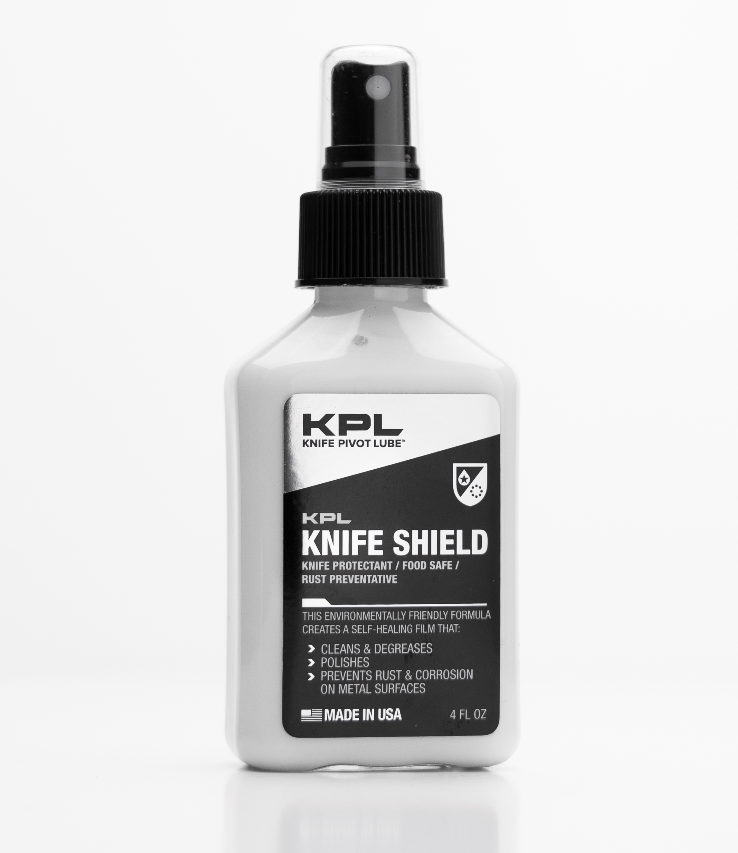
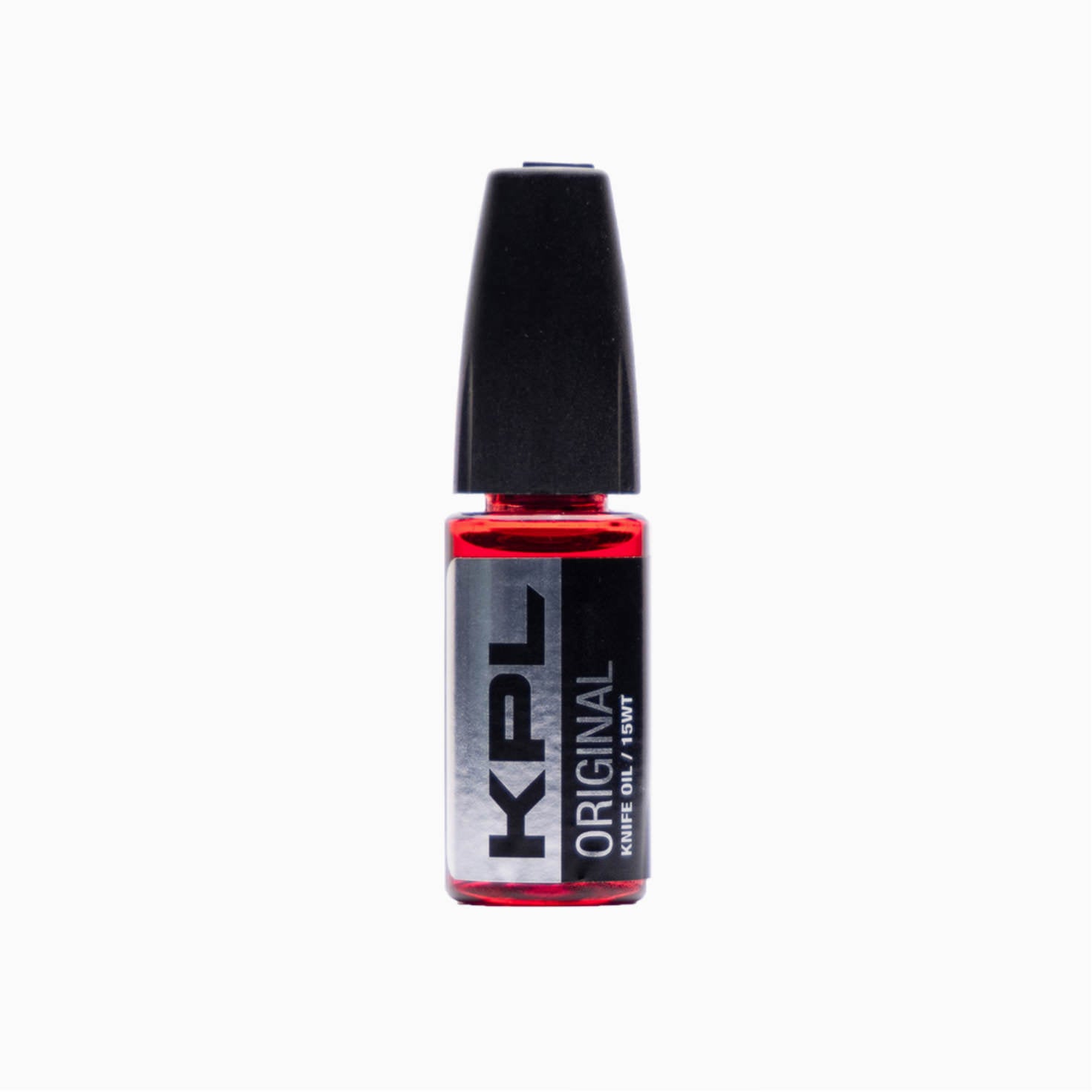

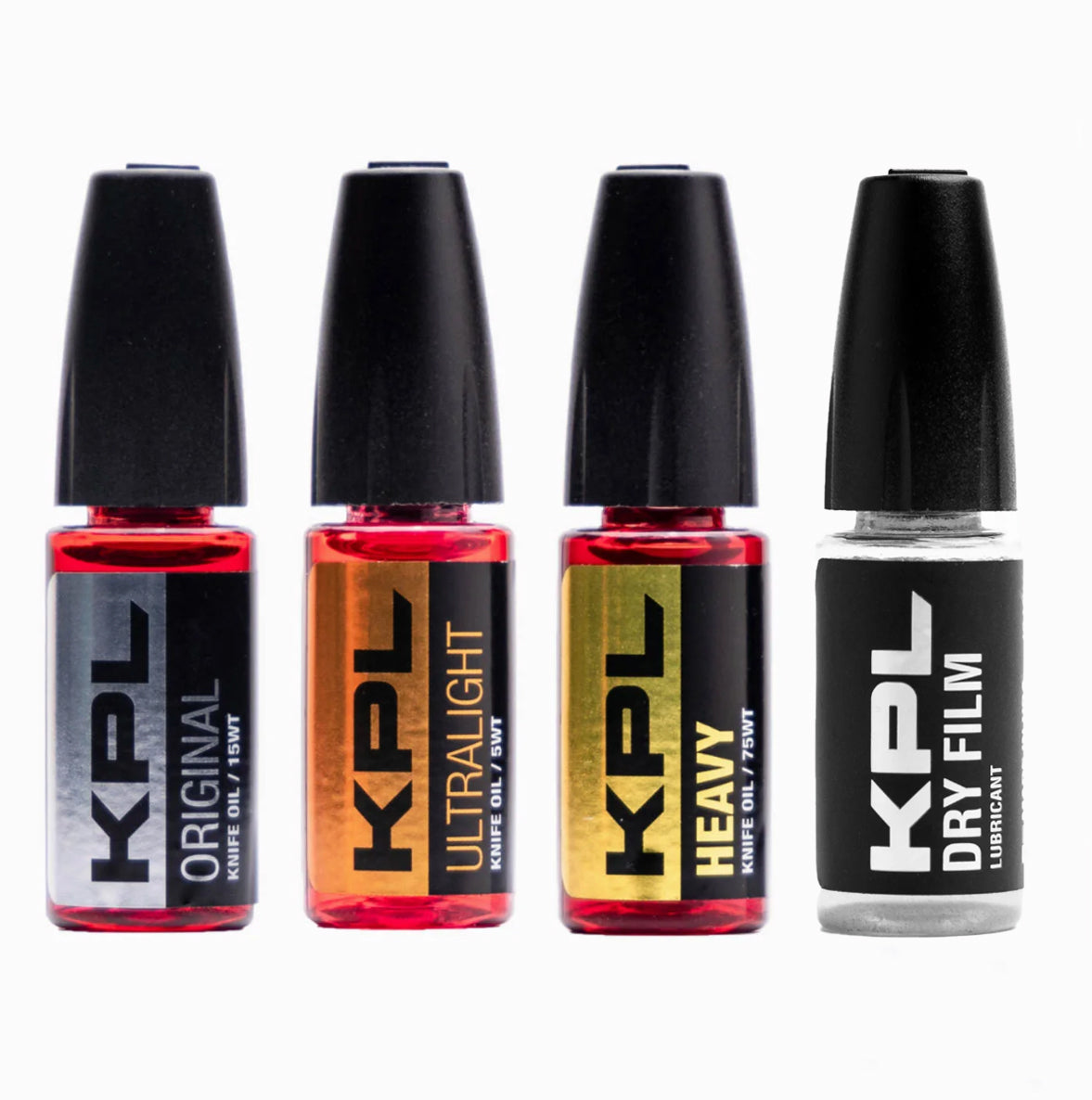
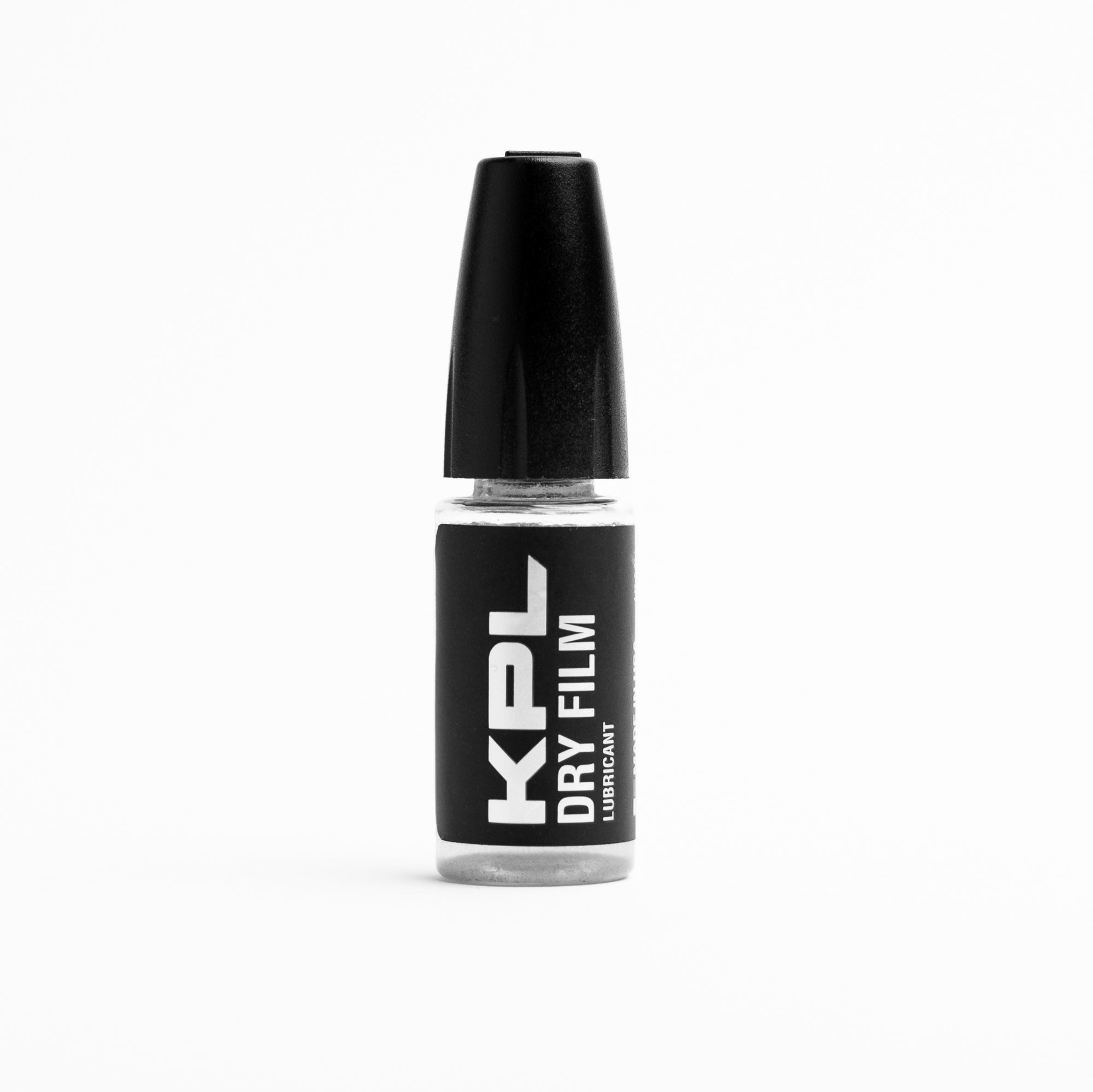
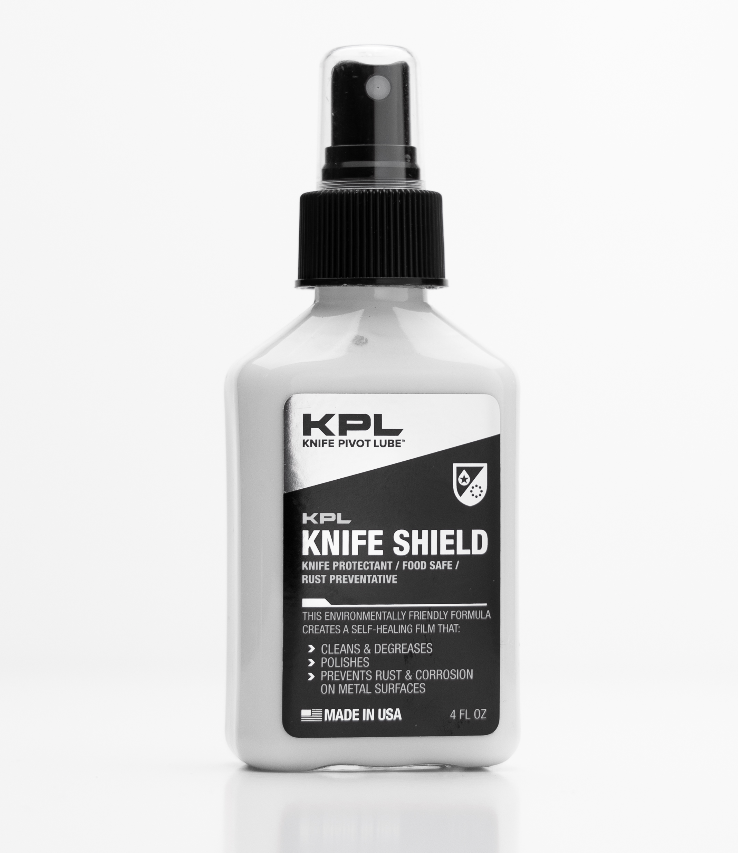
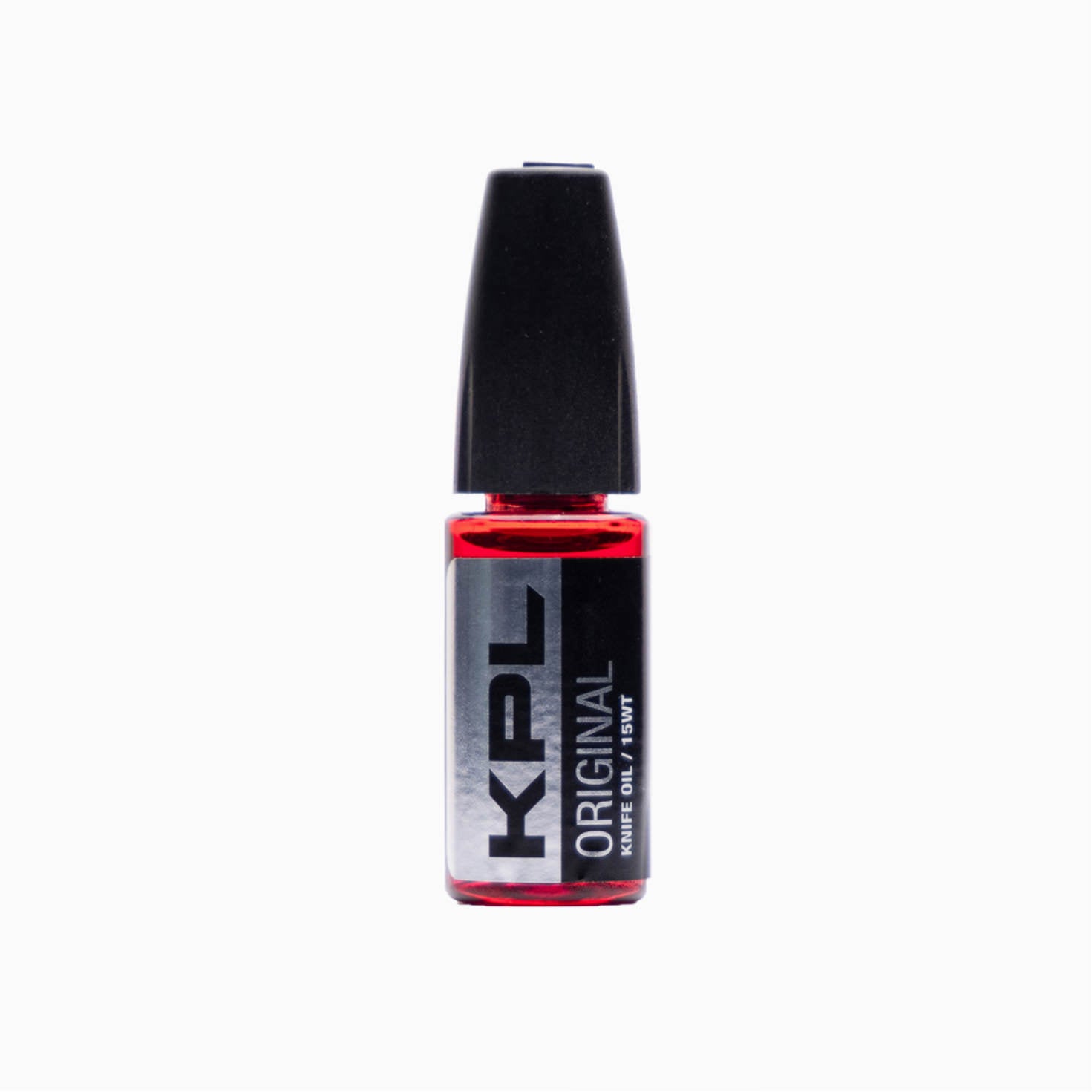
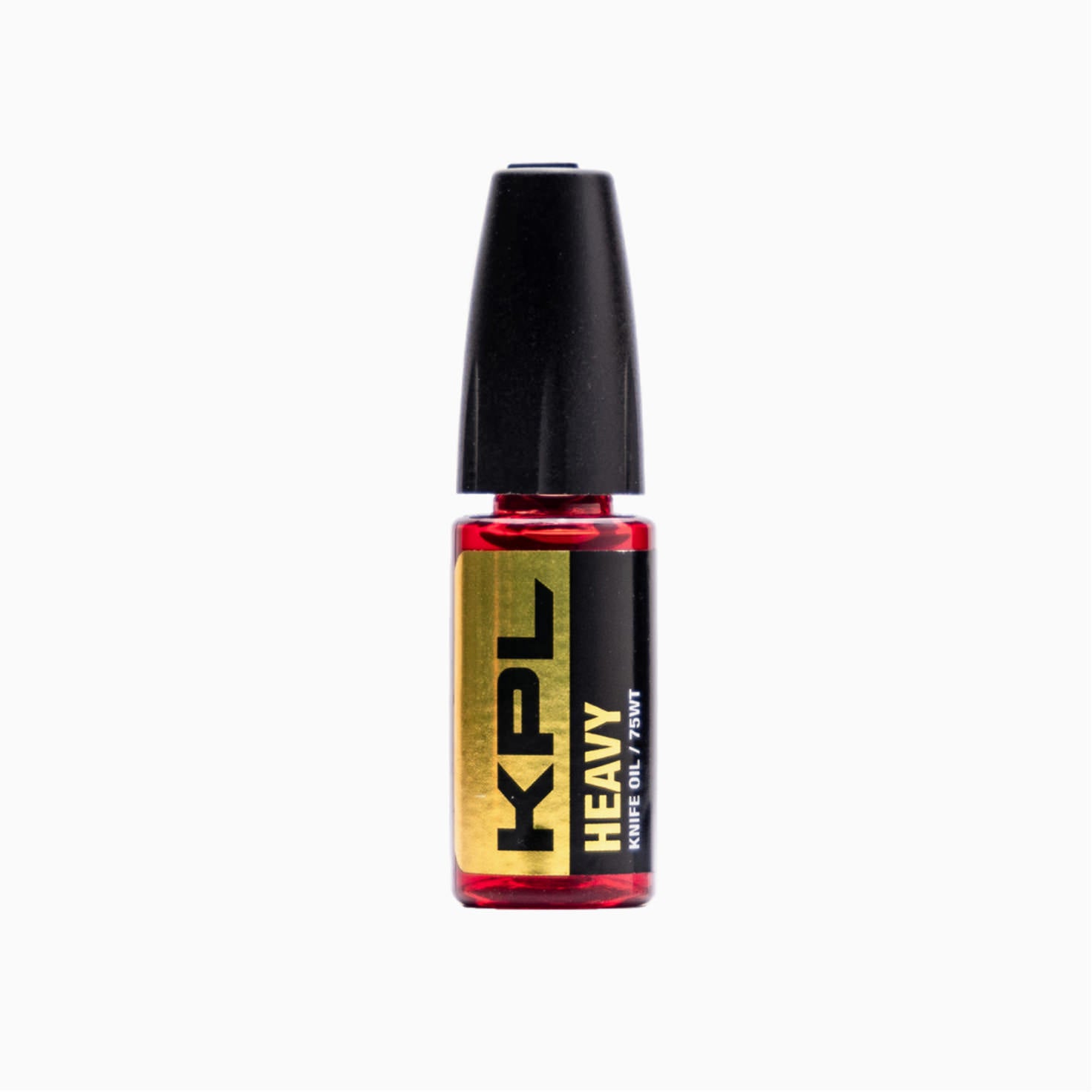
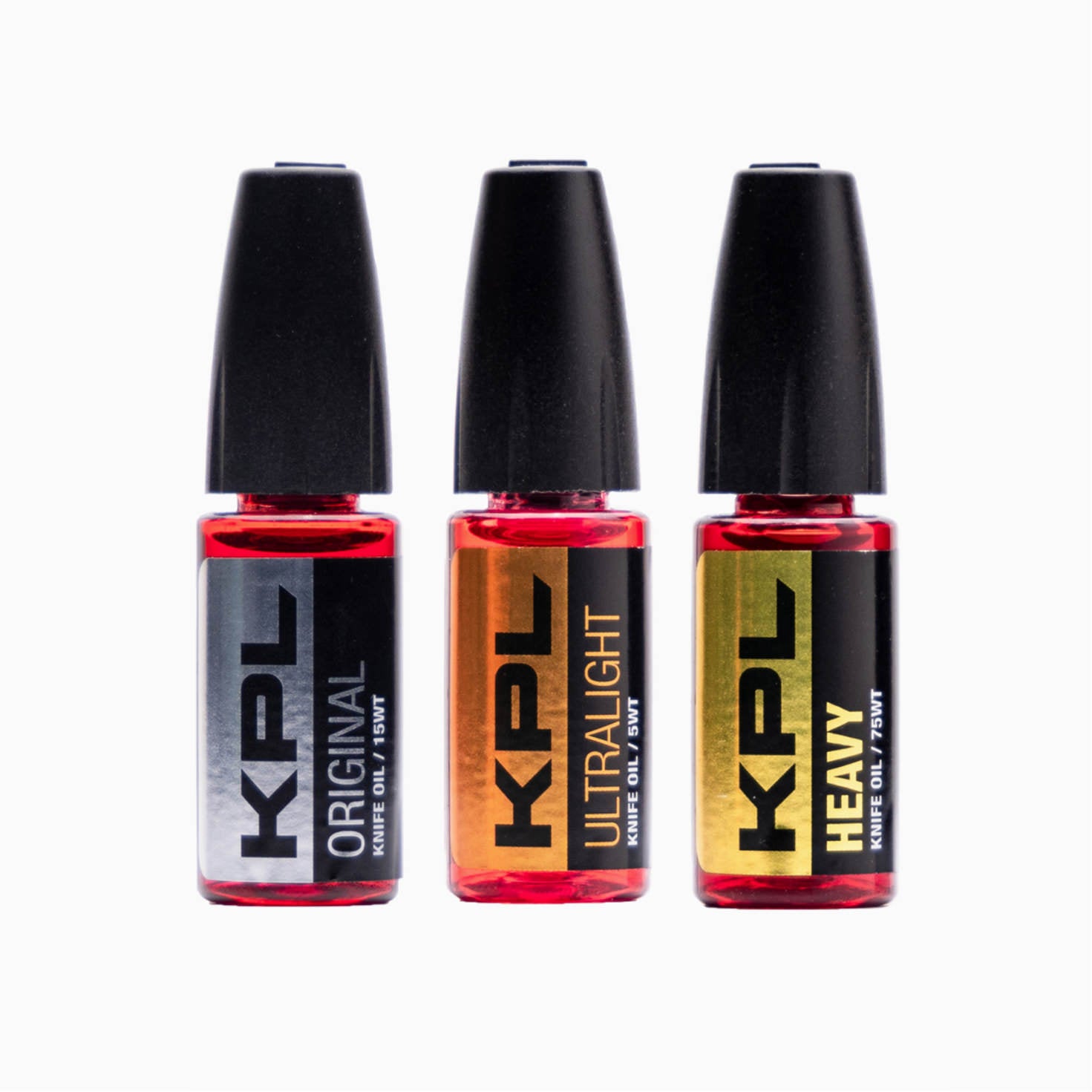
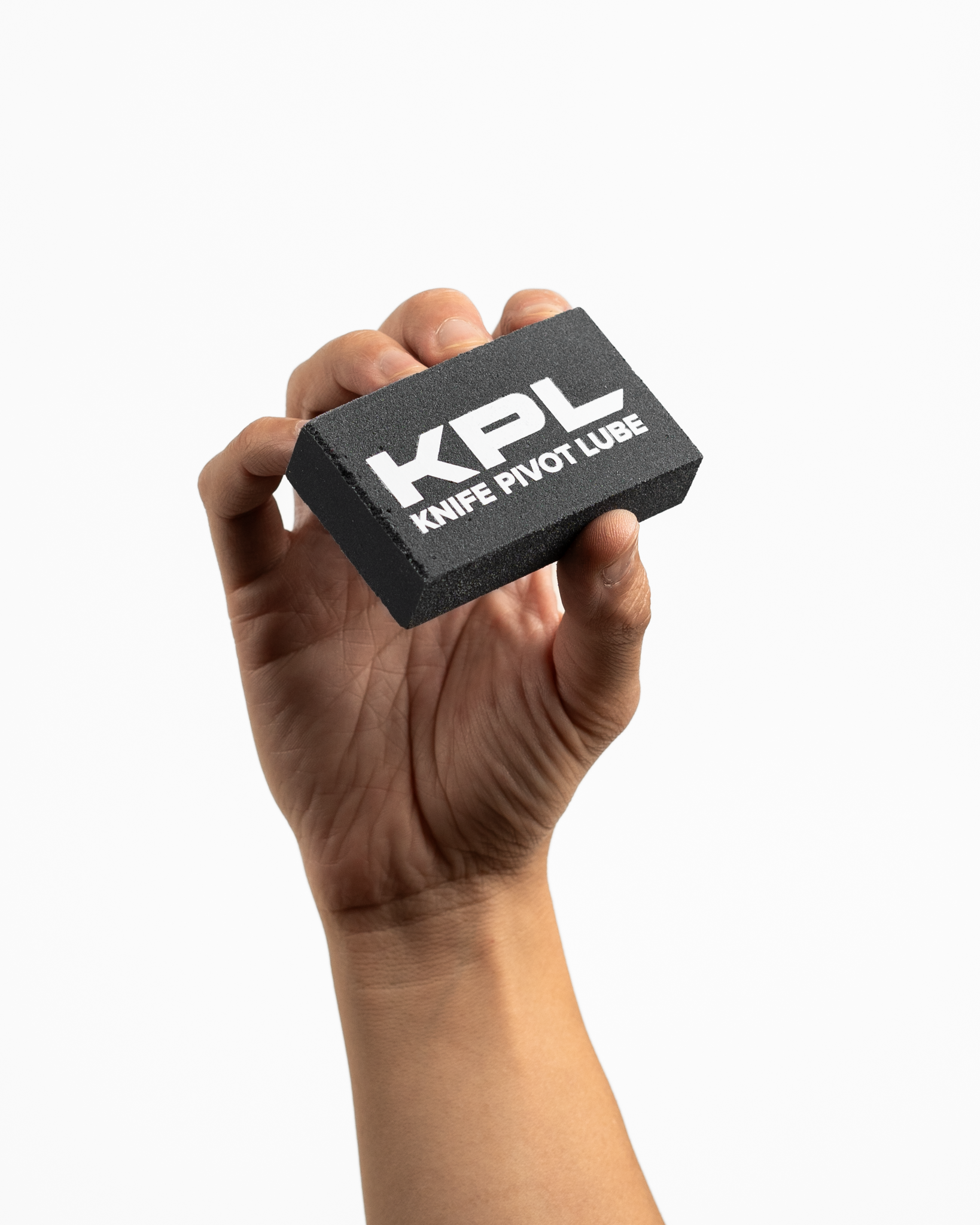
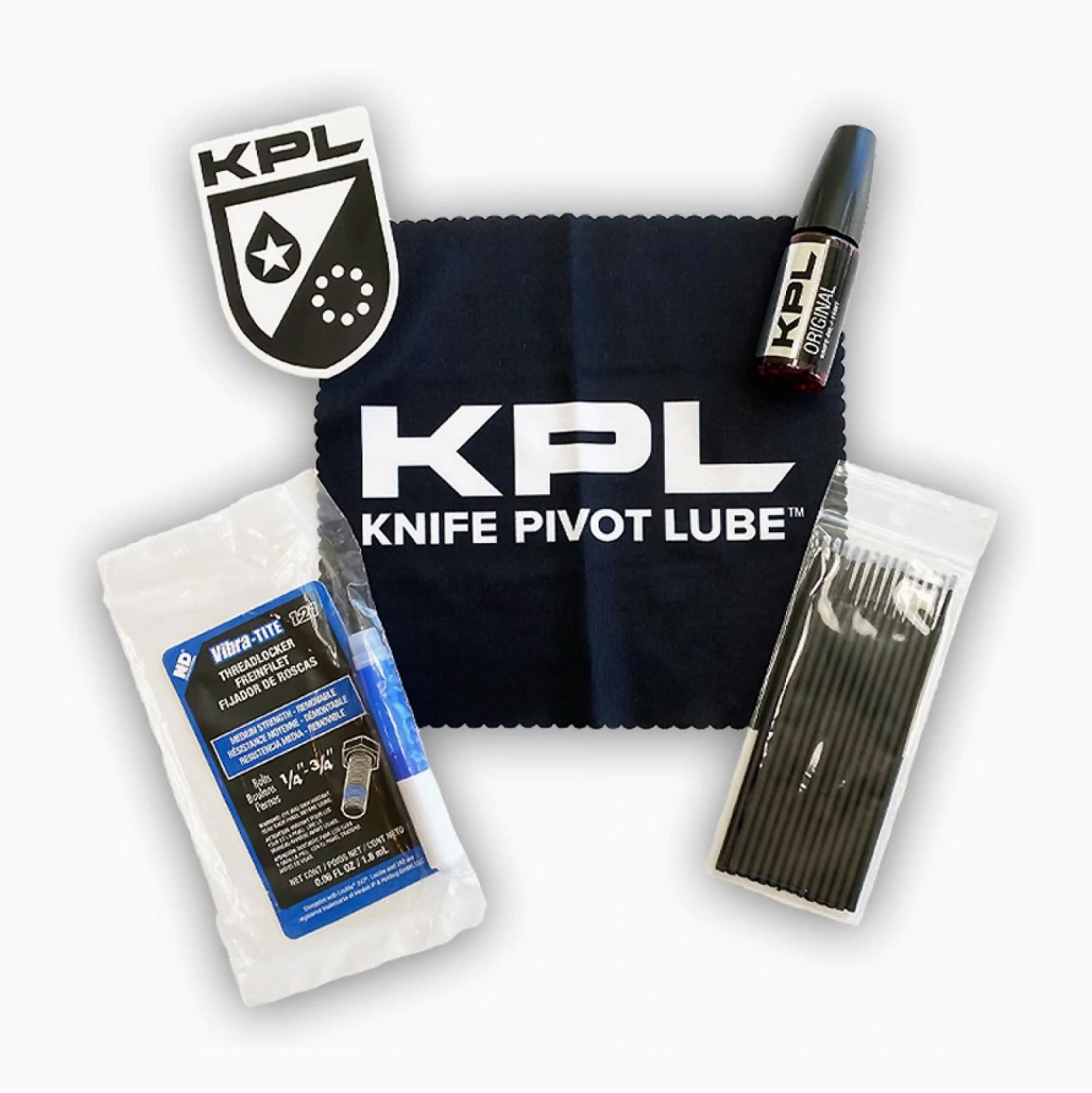
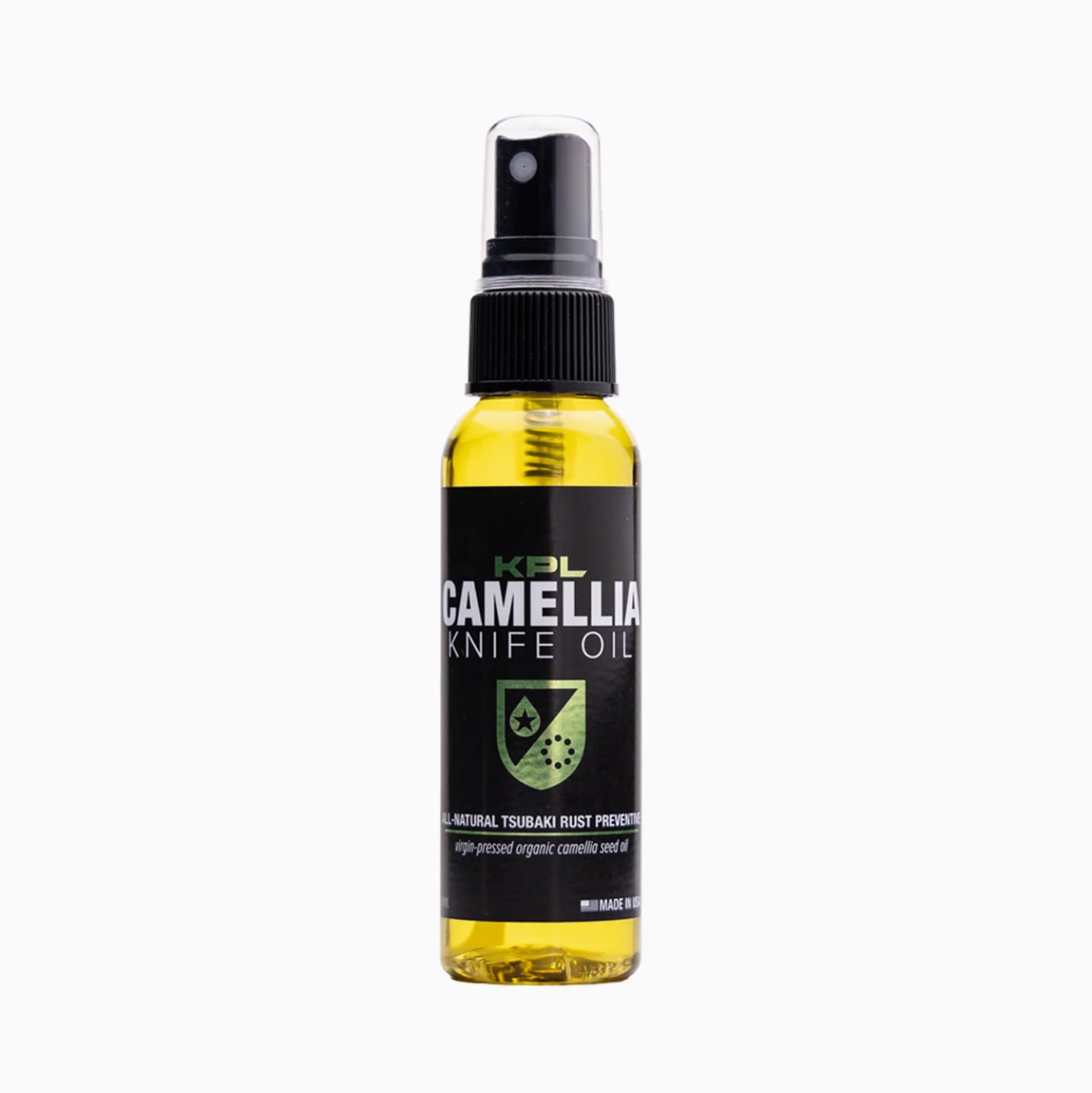


Comments
Gary said:
DO you have something to clean a Damascus blade ?
Ty said:
I’d move Vanax to ‘Corrosion’ exotics, 10v down to ‘edge retention’ exotics, add k390 and Maxamet there, and add 3v and 4v to ‘toughness’ exotics, personally.
10v and k390 both outperform everything you have listed as an ‘edge retention’ exotic in that category, so the example choices are a bit odd to me.
Great article otherwise.